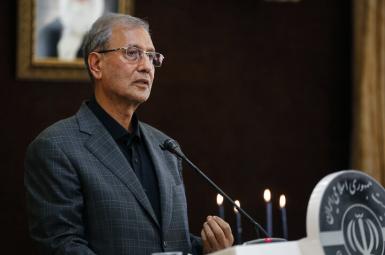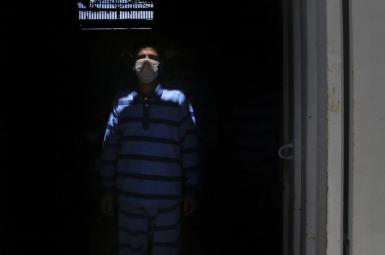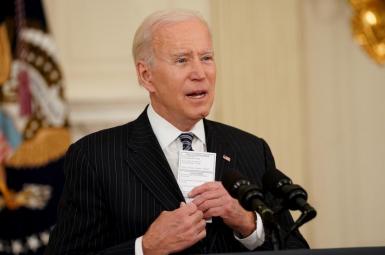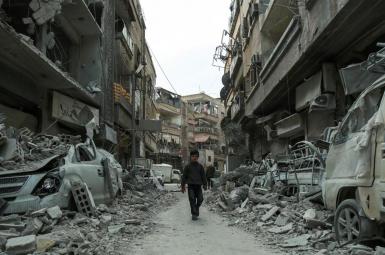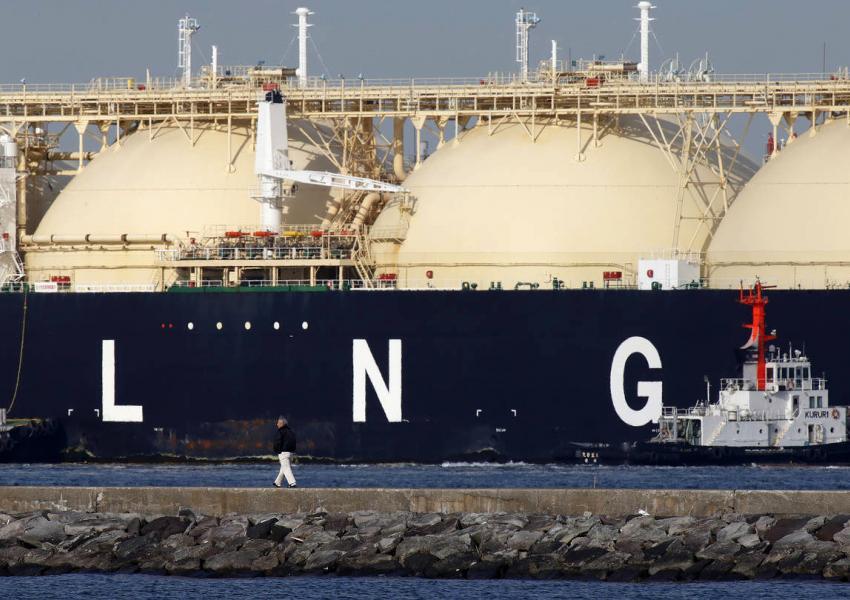
Challenges Facing Natural Gas Export After the Sanctions
The share of Natural gas and LNG (Liquified Natural Gas) of the world energy market is increasing daily. In 2014, LNG’s share of the world gas market was 42% and according to International Energy Agency, this number will increase to 53% by the year 2040.
Among the LNG producing countries, Qatar has the highest share of exports. In 2016, of all the 264 million tons of LNG produced in the world, Qatar’s share was 77 million ton. Currently, countries such as Australia, Russia, United States, Mozambique… are investing heavily in this industry in order to increase their share of the market. As a result of the natural gas revolution in Chile and the new technologies and methods, the United States is quickly becoming one of the main LNG producers in the world, so much so that in near future, it will play an important part in the energy security of the European Union and East Asian countries. Since LNG export is more efficient than natural gas export, especially in long distance, we are now witnessing a new competition among the LNG producers over more shares in the market.
Despite having 18% of the world’s gas resources, Iran is unable to produce LNG. Iran has less than 1% of the world gas market and with the current patterns, its chances for increasing this share is slim. Before the US and EU sanctions over the nuclear program, Iran had made plans for LNG production. Three important projects of LNG, Persian, and Pars were left unfinished due to sanctions and foreign companies involved such as Shell, Repsol, Total, and Malaysia’s Petronas were forced to leave the county. “Iran LNG” project which is in 52% development, was designed for producing 10 million tons of LNG a year. After JCPOA, the regime wanted to finish this project with foreign investment and technology. The project required 4 billion dollars, but even before the United States’ decision to exit the deal, the negotiations with foreign companies were unsuccessful, and after US exit, it seems impossible to finish in such short time.
There were several plans designed for Iran to join the LNG exporter countries:
One of these plans was the Iran-Oman pipeline which was supposed to export 10 million square meters of natural gas a day. Iran wished to turn some of this gas into LNG in Oman facilities and then send it to market, but this deal has not come to fruition. The capacity of Oman’s facilities is about 1.5 to 2 million tons.
The other option was building small LNG units. After JCPOA, Iran had numerous negotiations with Russian, Chinese, and Korean companies for building small LNG units. The production capacity of these small units is 300 tons a day, and they are usually used for delivering gas to distant areas that might be difficult to reach. Iran was planning to build several of these LNG units over two years, but the sanctions and lack of interest from foreign companies prevented it.
Iran’s next option was using offshore LNG producing ships. Floating LNG (FLNG) is a type of ship with LNG production technology that mines a gas field under the sea and turns it into LNG. In the fall of 2017, there were negotiations between Iran and a Norwegian company to buy floaters, but that also failed.
Saturation of the LNG market and the competition among the producing countries will make it more difficult for the new producers of LNG to enter the market. Iran’s vast resources of natural gas is a good opportunity for the country to play a role in the regional and international market by producing LNG. Exporting LNG to distant countries through pipelines is not efficient. The safest alternative is for Iran to consider east Asia, India, and the European Union for LNG export in the long run. But without any changes to its regional policies, the Islamic Republic will have a hard time attracting foreign investments. The main obstacle to drawing investments in the energy industry, especially in natural gas and LNG, is the lack of a legal structure for effective and quick decision making and the country’s political instability. These are not difficult to overcome if there is a political will to use natural gas in order to improve the economic and political conditions of the country.


